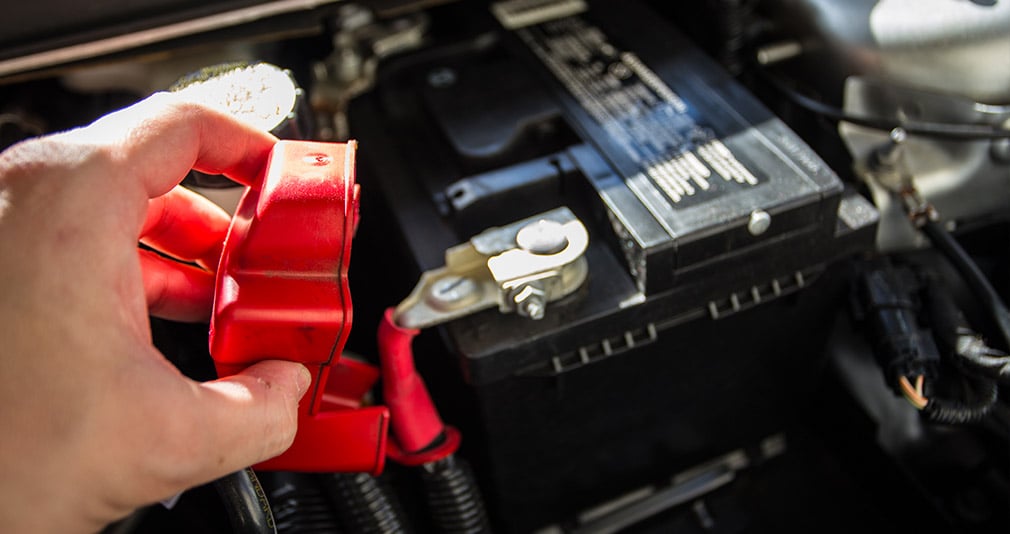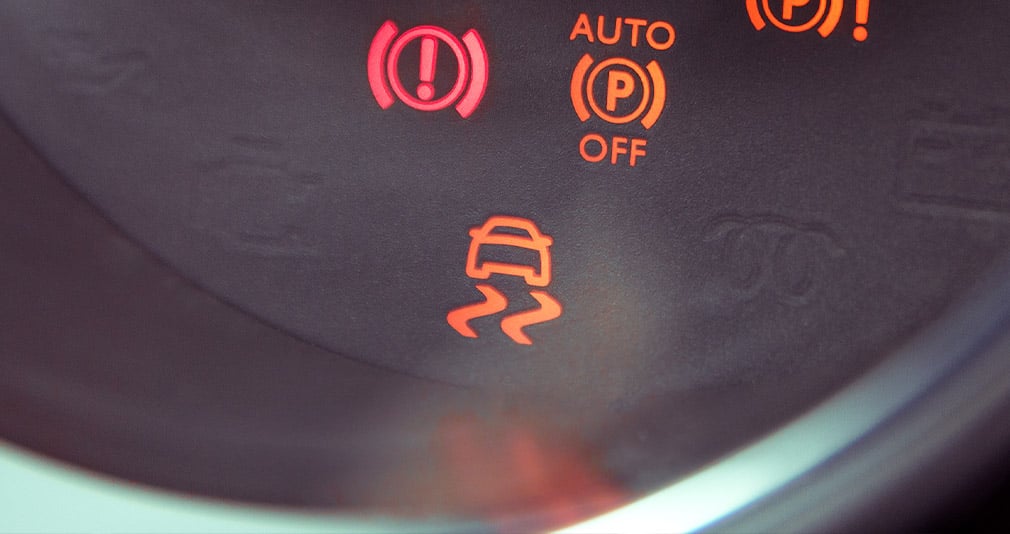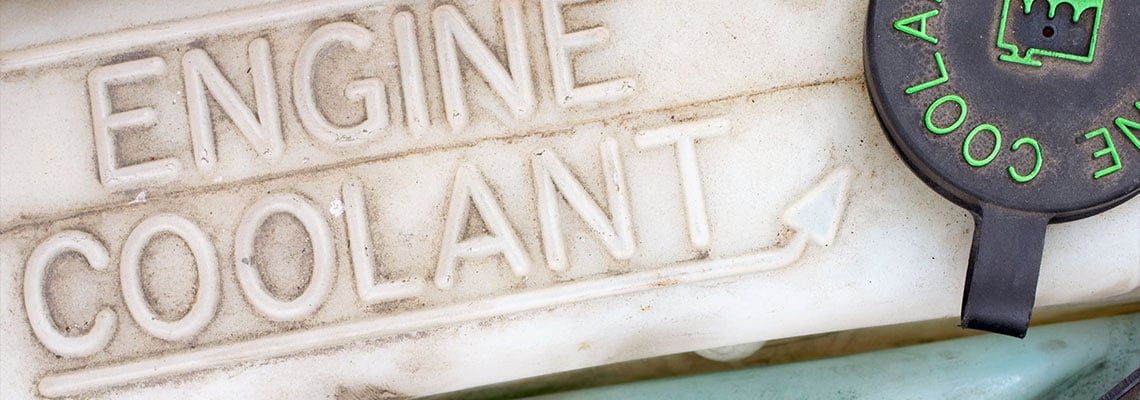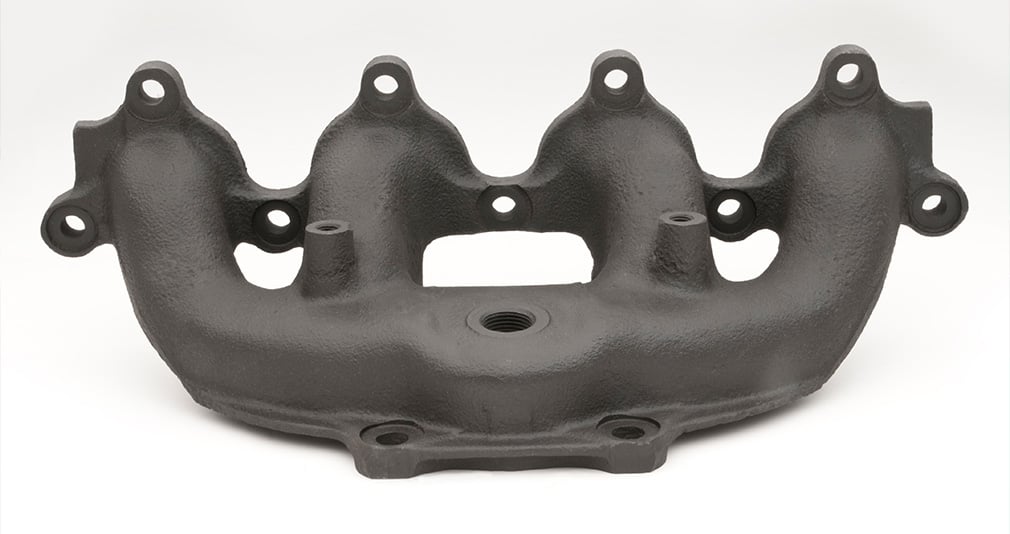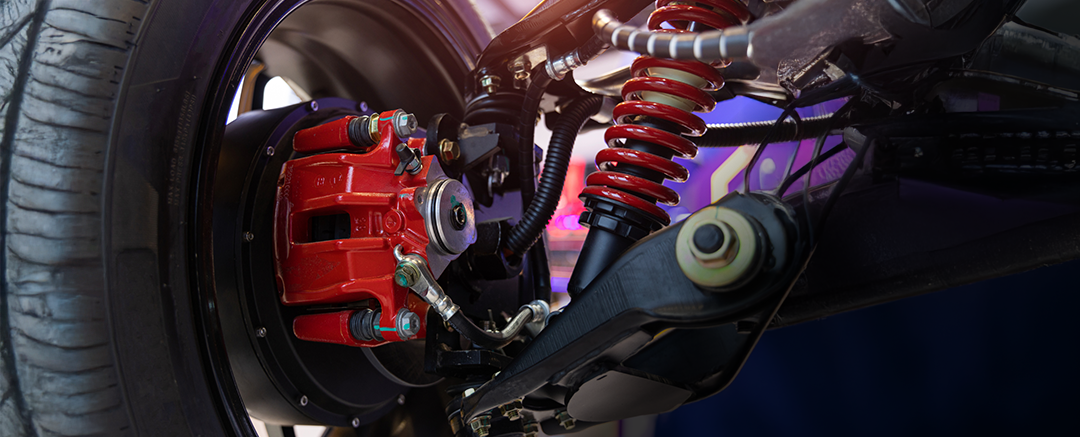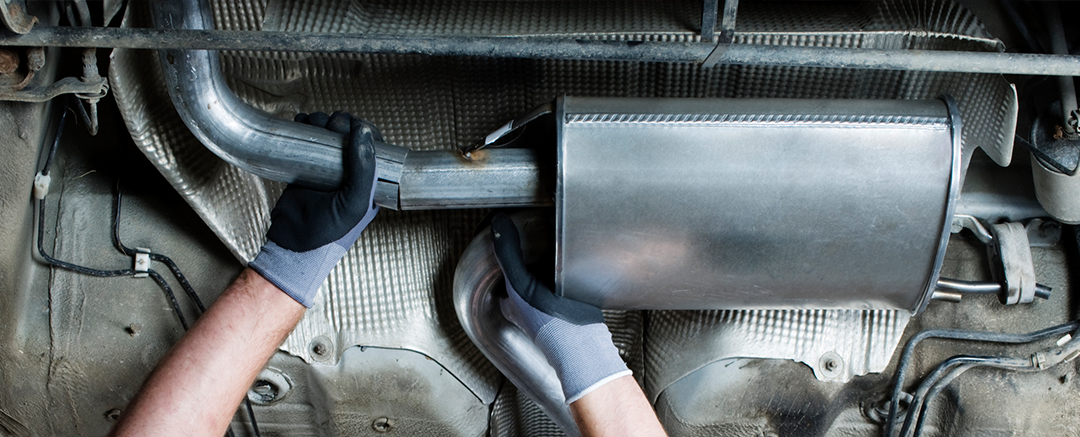Dead car batteries are a common problem during cold Cleveland winters, but the issue might not be your battery. If you try and fail to jumpstart your car, only to find out that your battery is in good condition, the battery cables might be to blame. Let’s take a look at how they work, how to check them and how often to replace them.
What are battery cables?
The battery cable setup consists of two heavy-gauge wires. The positive battery cable is a wire wrapped in red casing that connects the battery to your car’s computer. The negative battery cable (also known as the ground strap or ground cable) is a wire wrapped in black casing that connects the battery to your vehicle’s chassis for grounding. Together, they create a closed loop to allow power to flow continuously.
How do battery cables work?
The battery cables connect your car’s battery to its computer, ignition, lights and other electrical components. They are essential parts of your car’s operation because they transport power to key points in your vehicle. Without good working battery cables, your vehicle cannot be operated.
If one of your battery cables isn’t functioning, the continuous flow of electricity will stop, so other components no longer receive power. Your car battery or electrical system might seem to be dead, even if your battery is fully charged.
Symptoms of Bad Battery Cables
You might first mistake a battery cable issue for a dead battery. The signs are the same:
- Your car’s interior lighting dims.
- Your engine is slow to crank.
- Your engine fails to start.
- You hear a clicking noise when you turn the key, but the engine won’t start.
- Your car has lost electricity.
- Your engine stalls if you don’t get your car moving.
If you have bad battery cables, a jumpstart or push-start may not work because faulty cables will prevent power from flowing to your vehicle’s computer. But even if your car works some of the time, bad battery cables can damage other electrical components of your vehicle.
Take a look at your battery cables. Do you notice any brittleness, burns, corrosion, cracks or holes? If so, your battery cables could be an issue. Corrosion can look like soft white or green powder and is usually seen at the points where the cable connects to the battery or terminals. Buildup of this common byproduct of battery operation can reduce conduction efficiency and damage your cables.
Bad Negative Battery Cable Symptoms
Some signs of a bad negative battery cable include:
- Dimming headlights: A worn or damaged negative battery cable will be unable to deliver full power to your headlights, so your headlights could flicker or dim as a result.
- Reduced interior power: A certified technician from a Rainbow Muffler location near you can help determine if you’ve got lower-than-normal voltage flowing through your vehicle.
- Dead battery: A dead battery isn’t always a bad battery. If your vehicle’s battery just won’t take a charge, it could actually be an issue with the negative battery cable, which can interfere with charging.
How to Check Your Battery Cables
While interacting with your battery cables, make sure to keep metal objects away from your battery to avoid electrical issues. With this in mind, you can check your cables for damage or other problems by following these steps:
- Check your battery-terminal connections. Start by looking at the battery-terminal connections — the positive cable (red). They need to be in good working condition for the current to flow from battery to starter. There should be no dirt or corrosion around the ends.
- Wipe away corrosion. Green or white powdery deposits found on terminals, battery carrier or other metal parts should be carefully wiped away because they can corrode the battery and affect its function.
- Examine the negative battery cable. Focusing both on the point where it connects to the battery and where it attaches to the chassis. If there are deposits or grime on these points, wipe them clean.
- Look for wear and tear. Carefully examine both cables, looking for breaks or brittleness that could expose the wires within the casing. Make sure each connection is secure; loose cables can affect function.
When to Replace Battery Cables
Unlike oil changes, there’s no rule of thumb for how often you should replace bad battery cables. It’s a good idea to periodically check the battery cable sheathing for cracks because a break can allow bare wires to be exposed to corrosion and other elements.
Pay attention to the bad battery cable symptoms discussed here — such as failure or slowness to start, dimming headlights or interior lights or stalling while the engine is running. If you notice any of these symptoms, get your battery and battery cables examined by a certified technician at a Rainbow Muffler near you.

